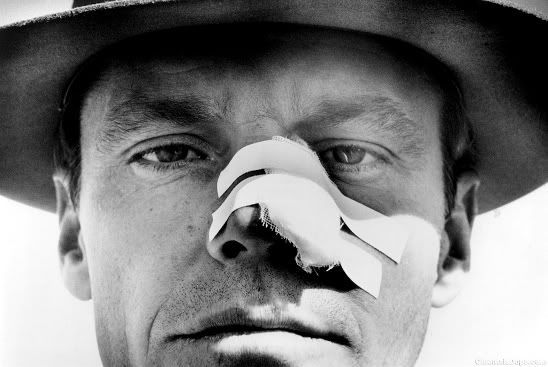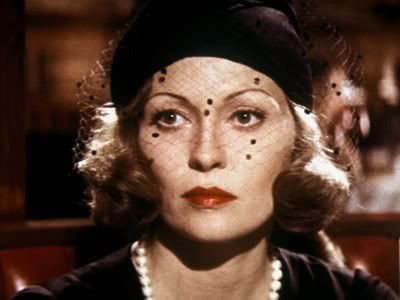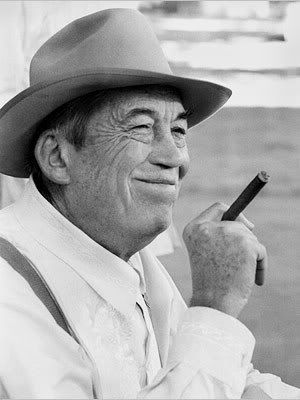As for my quest for the Cinema Literacy Exam, Chinatown (Polanski, 1974) was my second viewing. I, embarrassingly enough had never seen this film. Let's skip the traditional, Nicholson, Dunaway gave career-defining performances, and Huston was the epitome of pure evil and get straight to the film jargon.
In the brief (15 minutes at most) documentary that accompanied the film on the DVD, the screenwriter, Robert Towne, said that he wrote the script with Nicholson in mind, and that over the course of production, Nicholson was encouraged to change his lines to make them sound more natural in his persona that has lasted four decades. I thought this was an interesting approach, and it made the dialogue seem so natural and believable.
This is one of the great films that is studied over and over again in film courses across the country, despite the fact that I do not recall it ever being mentioned in any of mine during my undergraduate years. This is pulpy neo-noir at it's finest. Every moment is singed with sexual chemistry between the two main characters. Dunaway gives off such heat in this film that she nearly rivals Barbara Stanwyck in Double Indemnity (1944, Wilder). And I said almost there, film kids, there obviously is no equal to Stanwyck in the femme fatale department.
What's great about this film is it's pace. Polanski drags this plot out over 130 long minutes. The action is, apart from a few key chase scenes and gun fights, rather slow. The story is about the L.A. water works, of all things. This may sound incredibly dull, but it is because of this that this film is so memorable. Normally, you would scoff at the idea of a film being made about a man investigating the corruption of a city's water system, but this film's intensity is at such a high that it could make even the most mundane moments of these character's lives seem fascinating. That is a combination of performance, writing, and direction. No one element can really be given sole credit for this film becoming the iconic work of art that it is.
One of the most interesting elements of the film, in my opinion, is the casting of John Huston as the villain. Here is a Hollywood titan that is responsible for directing such a large number of classic films, such as The African Queen (1951), The Maltese Falcon (1941), and Key Largo (1948), and he is truly the devil incarnate in this film. This disturbing performance, that seems so kind and jovial on the surface, yet so internally evil, is one of the defining elements of the film. Just take a look at that picture there. Doesn't this look like the face of the kind grandpa or neighbor that smokes cigars regularly? Huston takes that image and knocks you on your ass with it.
Chinatown is a film that should be studied in depth by every film student that is pursuing a career in film scholarship, as it is the definitive example of neo-noir and features some of the finest performances in the medium. Period. Whether or not you are a fan of Roman Polanski, let the film speak for itself and expose yourself to one of the finest films of the 20th century.
Coming up next......
Bicycle Thieves (De Sica, 1948)
All photos were courtesy of Google Images.





No comments:
Post a Comment